Have you ever left the salon with a hair cut or color you weren’t really pleased with? I think we’ve all been there and it’s our mission that when you leave Rush Salon, you are happy with the cut, color or style your received.
When it comes to getting exactly what you are looking for, communication is key. Today we’re going to break down some coloring terminology so the next time you roll in for a color service, you’ve got a better understanding of the phrases that get you the color, tone or application you’re actually looking for!
We’ll start with a few of the most popular:
Base Color: Color applied at the root area or all-over before a dimensional/creative color technique is done.
Dimension: Dimension refers to the color range in your hair. Some hair has very little color range, giving it a very flat appearance, while other hair is packed full of natural dimension. You can change up the dimension in your hair by adding in highlights or lowlights.
Highlights: Highlights are applied by taking sections of hair and treating them with the use of a lightener. This creates a lighter contrast in relation to the natural hair color and has various application methods like: foils, cap, and hair painting.
Lowlights: Lowlights are applied in the same manner as highlights, but instead of using a lightener to make strands of hair lighter, a hair color is used to make strands of hair darker, creating more depth within the hair.
Balayage: A technique used to apply highlights in which the dye is applied to the hair freehand, using vertical strokes, painting color onto the hair to achieve a natural look. The hair ends up with a natural dark to light flow.
Cool Tone: Cool tones can apply to blonde, brunettes and red heads and will have blue or violet undertones - think, platinum blondes, ash brown or plum hued red hair colors.
Warm Tone: Can also apply to blondes, brunettes and red heads. Warm tones are generally referred to red, yellow or orange, a few examples would be: copper red, auburn brunettes or golden blondes.
“Brassy”: What happens when warm tones start to fade out over time. The lightened hair is left with an orange/red tint. Special shampoos and conditioning toners can be utilized to help prevent this(We’ve got the goods! Ask us how!)
Toner: Toner is a very light color that is used “tone” lightened hair to the desired hue. Example: If you want a cool platinum blonde, you’re hair will first have to be lightened as much as possible, leaving it with a yellow tint, a violet toner will be applied, cancelling out the yellow and leaving you with a head of cool blonde locks!
These are just a few of the terms we use regularly around the salon. Are there terms or processes you would like explained? Get in touch and ask, we’re always happy to answer questions and help you get the hair you want!



